All
NYC Testing Renewable Diesel
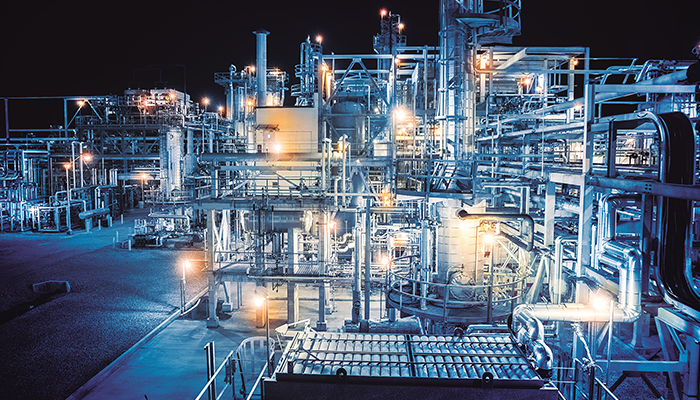
With over 30,000 vehicles — including fire engines, police cruisers, garbage trucks, and many more — New York City is home to the nation’s largest municipal fleet. And it’s one of, if not the, greenest too. Since 2005, the City’s vehicles have been using increasingly higher blends of biodiesel, from B5 to B10 and B20.
These efforts, driven primarily by the NYC Department of Parks and Recreation and Department of Sanitation (DSNY), have proven a hallmark of Mayor Bill de Blasio’s NYC Clean Fleet Initiative. And with nearly every City vehicle now running on biodiesel blends, the initiative is itself a key component of the mayor’s 80×50 roadmap, a plan to reduce greenhouse gas emissions 80% by 2050.
Long a leading proponent of biofuel, the Big Apple is today prepared to go even greener, thanks to a recent agreement between the New York City Department of Citywide Administrative Services (DCAS) and Renewable Energy Group, Inc. (REG).
The agreement, a demonstration contract announced May 2, will see the City purchase 900,000 gallons of a new alternative fuel, known as renewable diesel, to be used in more than 1,000 city vehicles, including garbage trucks, forestry units, construction and road paving equipment, and water system and sewer repair trucks.
The fuel, which will be in use between May and September of 2018, will be produced by REG and supplied by Sprague, the City’s publicly contracted supplier of diesel vehicle fuel.
What is Renewable Diesel?
Although made from the same waste feedstocks as biodiesel, renewable diesel is a different fuel with different properties. These include a higher cetane number (65 as opposed to biodiesel’s 47) and lower sulfur content (less than 5 parts-per-million [ppm] maximum compared to biodiesel’s less than 15 ppm).
Additionally, while biodiesel has its own separate specification (ASTM D6751), renewable diesel and diesel fuel share the very same specification (ASTM D975), which makes for a seamless blend between the two. Speaking to that notion, during the demonstration period the City is using a blend containing 99% renewable diesel and just 1% petroleum-based diesel.
However, the biggest differences between biodiesel and renewable diesel are in the areas of cloud point and supply. Because REG’s process includes a step called isomerization, its renewable diesel boasts a cloud point between -10ºC and -20ºC, which is virtually unattainable with biodiesel. This, of course, is extremely promising for renewable diesel’s potential use and storage during the cold winter months — a critical time of the year for NYC Fleet, as its sanitation vehicles double as snowplows.
As for the always-important matter of supply, whereas biodiesel is produced by many companies across the U.S. and often priced below petroleum diesel, renewable diesel supplies are relatively limited so it can be more expensive. It’s for this reason that REG, the nation’s leading advanced biofuel producer, finds itself uniquely positioned to meet the City’s demand, which calls for not only a steady supply, but also the ability to reduce greenhouse gas emissions by over 60%.
“Renewable diesel reduces total hydrocarbons by over 10%, particulate matter by over 35%, carbon monoxide by 25% and nitrogen oxides (NOx) by 15%,” explains Gary Haer, REG Vice President of Sales and Marketing. “REG is one of only a few domestic producers of renewable diesel and the nation’s largest producer of biodiesel. We have the infrastructure and capabilities to readily supply the City with its low carbon fuel needs.”
What’s Next?
Renewable diesel use is currently concentrated primarily in California, as San Francisco mandates its use in that city’s municipal fleet year-round. Is New York planning to follow suit? And if so, how might it answer lingering supply questions? The next six months could provide some clues.
From May to September, DCAS will assess REG renewable diesel’s compatibility with existing vehicles and warranties, as well as any potential underground storage tank issues.
“Since NYC can get a lot colder than San Francisco, we will also begin looking at the requirements for winter blends for future implementations,” says NYC Chief Fleet Officer and DCAS Deputy Commissioner Keith Kerman. “DSNY has a testing lab for heavy duty truck emissions at their Central Repair Facility in Queens and will do emissions and tailpipe testing. NYC will consider all of these factors as we plan for larger potential implementation.”
To address infrastructure issues, that implementation process might involve blending renewable diesel with biodiesel and ultra-low sulfur diesel, a practice pioneered by REG. On May 2, the same day as the City’s renewable diesel announcement, the company introduced REG Ultra Clean™ Diesel, a proprietary blend of renewable diesel and biodiesel, representing the lowest carbon intensity liquid fuel available.
“The blend takes the emissions benefits of both products and combines them to offer a product that has over 20% less total hydrocarbons, over 40% less particulate matter, over 25% less carbon monoxide and 10% less NOx emissions,” says Haer. “With the available supply and lower cost of biodiesel, fleets and municipalities can use biodiesel to extend the availability of renewable diesel and reduce the overall cost of the blended fuel.”
For a number of reasons — economic and other — ULSD won’t be phased out entirely in NYC. Which suits REG just fine. The company says different combinations of renewable diesel, biodiesel and ULSD are available, and sees a 60/20/20 split of 60% ULSD to 20% renewable diesel and 20% biodiesel as a “great opportunity” that shows marketable promise in terms of both emissions reductions and economic feasibility.
Whichever blend future tanks hold, one thing remains certain — they don’t call NYC the Big Apple for nothing. “In FY17 alone, Fleet used 17.7 million gallons of diesel fuel,” says Kerman, “so the growth potential is substantial.”
Related Posts
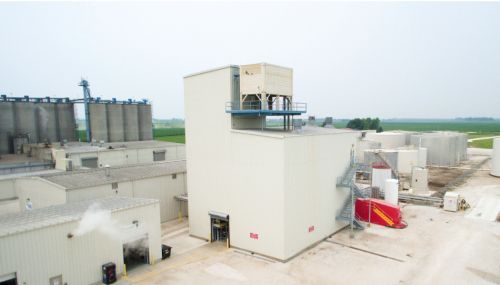 Why Quality Matters in Your Biofuel Blends
Why Quality Matters in Your Biofuel Blends
Posted on June 25, 2025
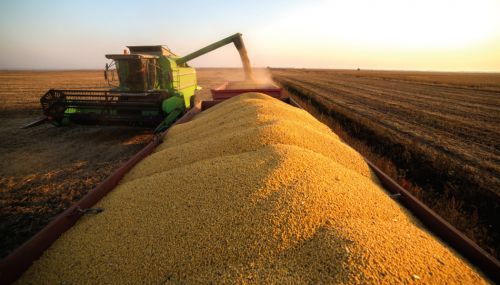 Incorporating Higher Blends of Biofuels
Incorporating Higher Blends of Biofuels
Posted on May 14, 2025
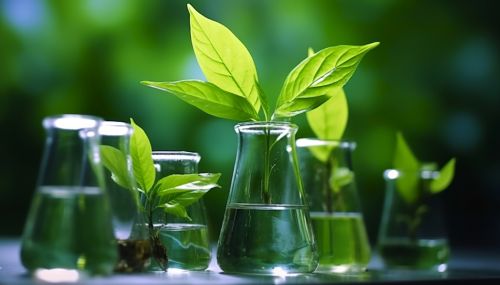 NORA Programs at Eastern Energy Expo
NORA Programs at Eastern Energy Expo
Posted on May 13, 2025
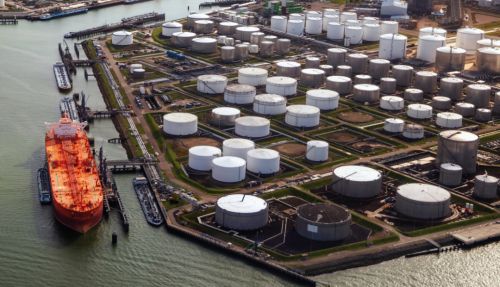 March Short-Term Energy Outlook
March Short-Term Energy Outlook
Posted on April 28, 2025
Enter your email to receive important news and article updates.
